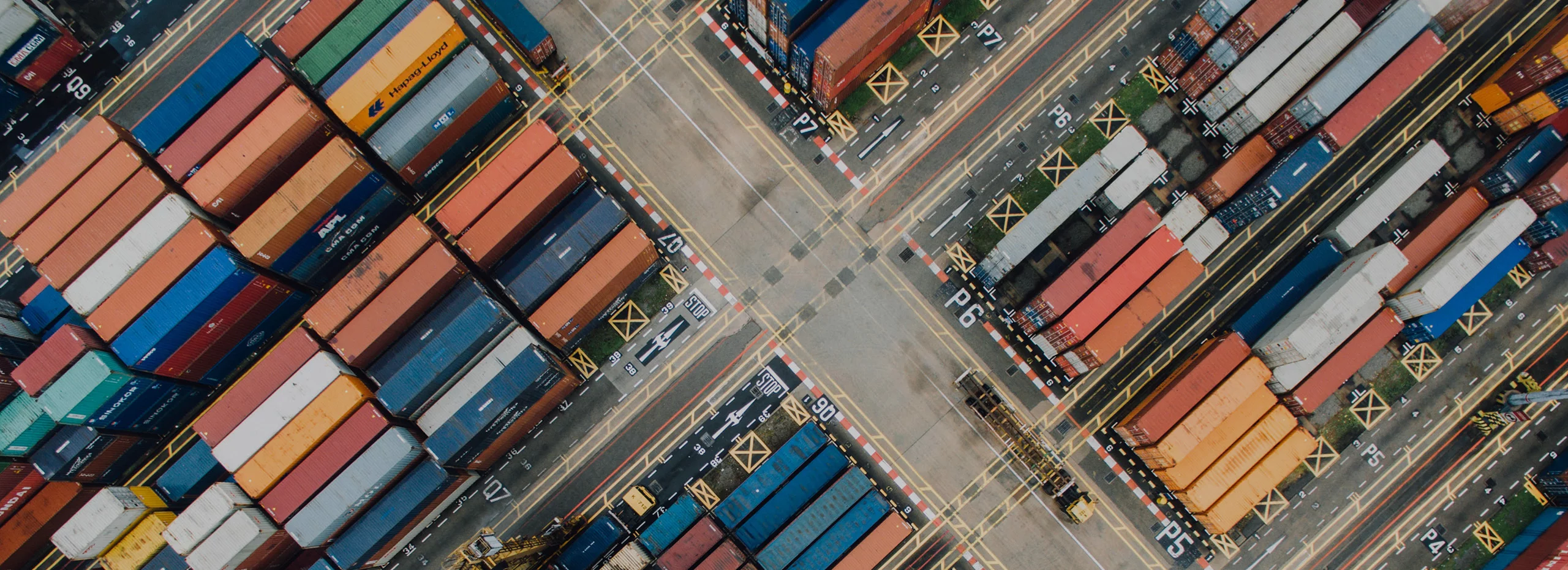Leasing Equipment
We offer short and long term leases of both new and existing containers. New container equipment ex. works or positioned to your place of demand and existing containers from our depots. The Lease contracts have the advantages of flexibility, which often is a necessity in an ever-changing market environment. The Lessee will be granted certain redelivery locations as well as conditions for the returned equipment i.e. repairs standard and quantities in any given month. We can also offer a full-service lease where pre-agreed repair cost and maximum return flexibility is offered for a certain type of equipment.
Lease-Purchase
The Lease Purchase Option we offer usually fulfils the requirements of the shipping lines, forwarders, terminals and other companies in the Transport industry, for their long term investment in containers and related equipment.
The Lease/Purchase contracts have the advantages of the operational lease since the expense is fully deductible during the term of the contract (in most countries) while at the same time the advantage of a bank loan is maintained as a title to the equipment will ultimately be transferred to a company nominated by the Lessee at the end of the term.
We offer Lease Purchase periods up to 10 years on new equipment and 5 years for Sale/Lease Back on second-hand equipment.
Terms and conditions are always open for discussion with the Lessee and subject to individual credit approval.
Lease-Purchase, as opposed to operational leasing, offers the Lessee very attractive daily rental rates on equipment built to the customer's own design and specifications. The rent is either based on fixed rental payment, or variable rental payments, adjusted according to changes in the underlying reference interest rate.
Advanced Finance
The difference between the Lease Purchase Finance we offer and describe elsewhere and the Advanced Finance may be small but in some instances, it may be necessary to create a more imaginative instrument for finance of the client's equipment. It may be necessary to look at a more sophisticated structure.
This could involve broken amortization, residual value insurance, assignment in receivables or using existing containers or equipment as collateral for financing new production containers.

